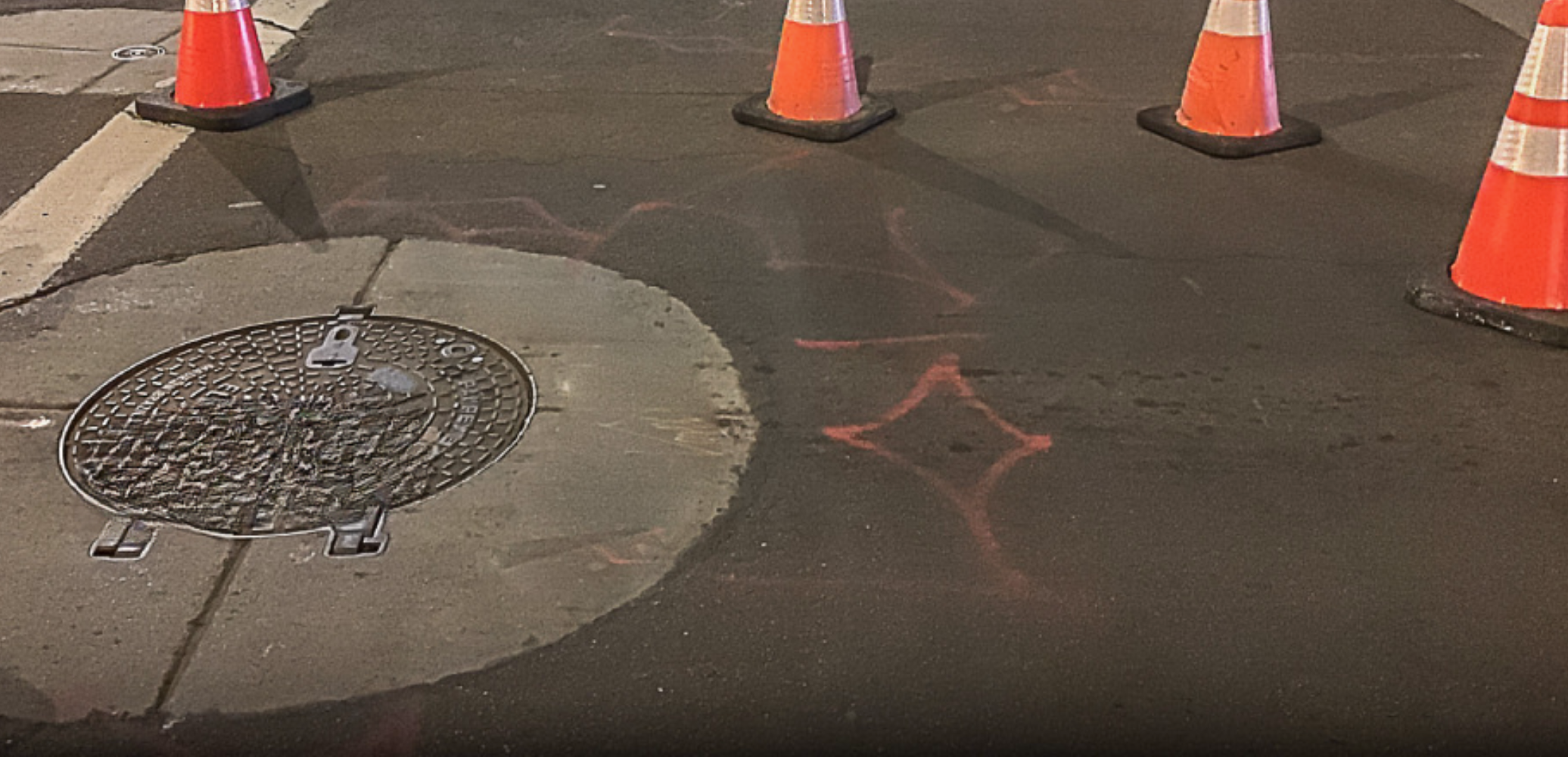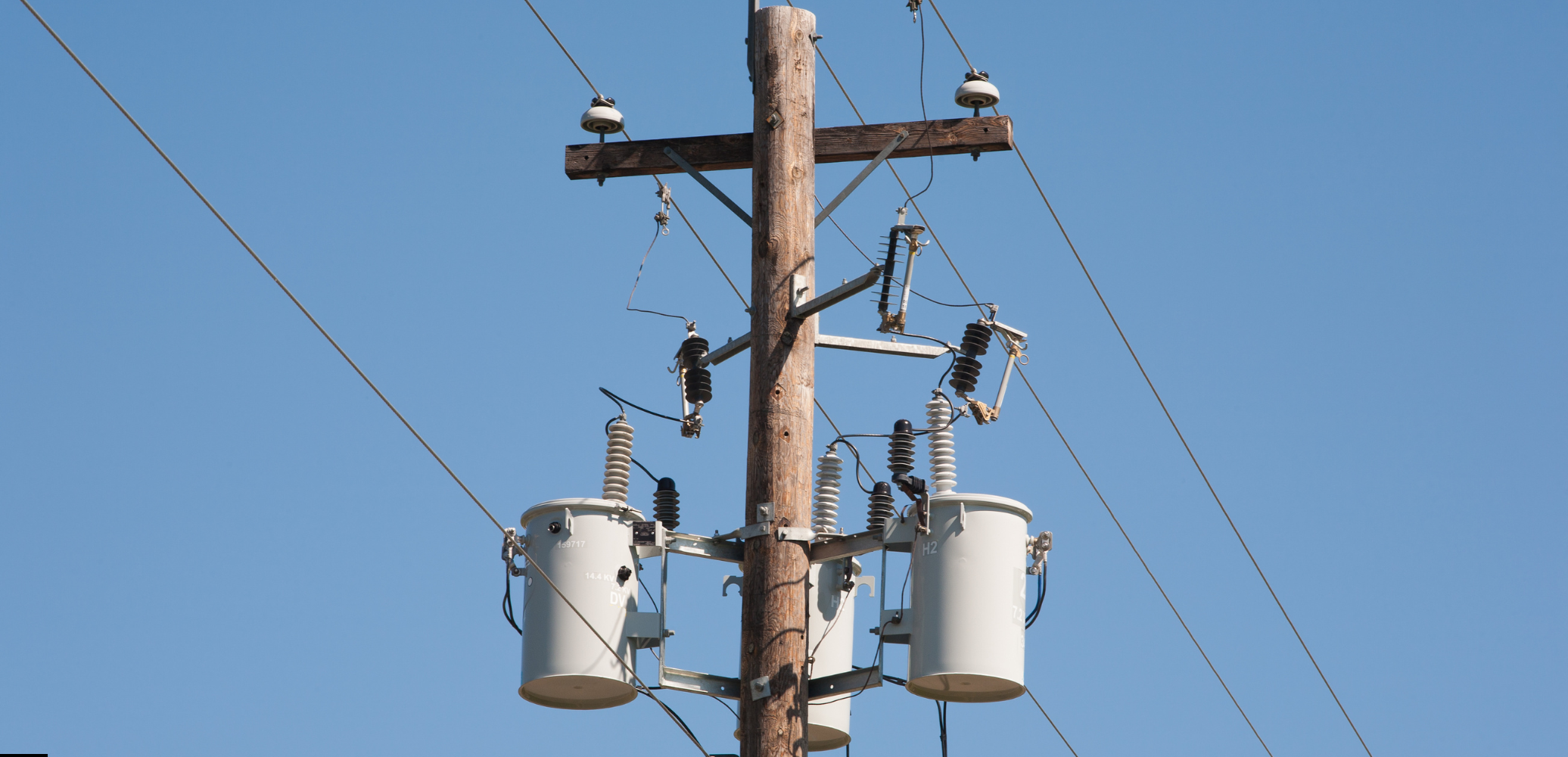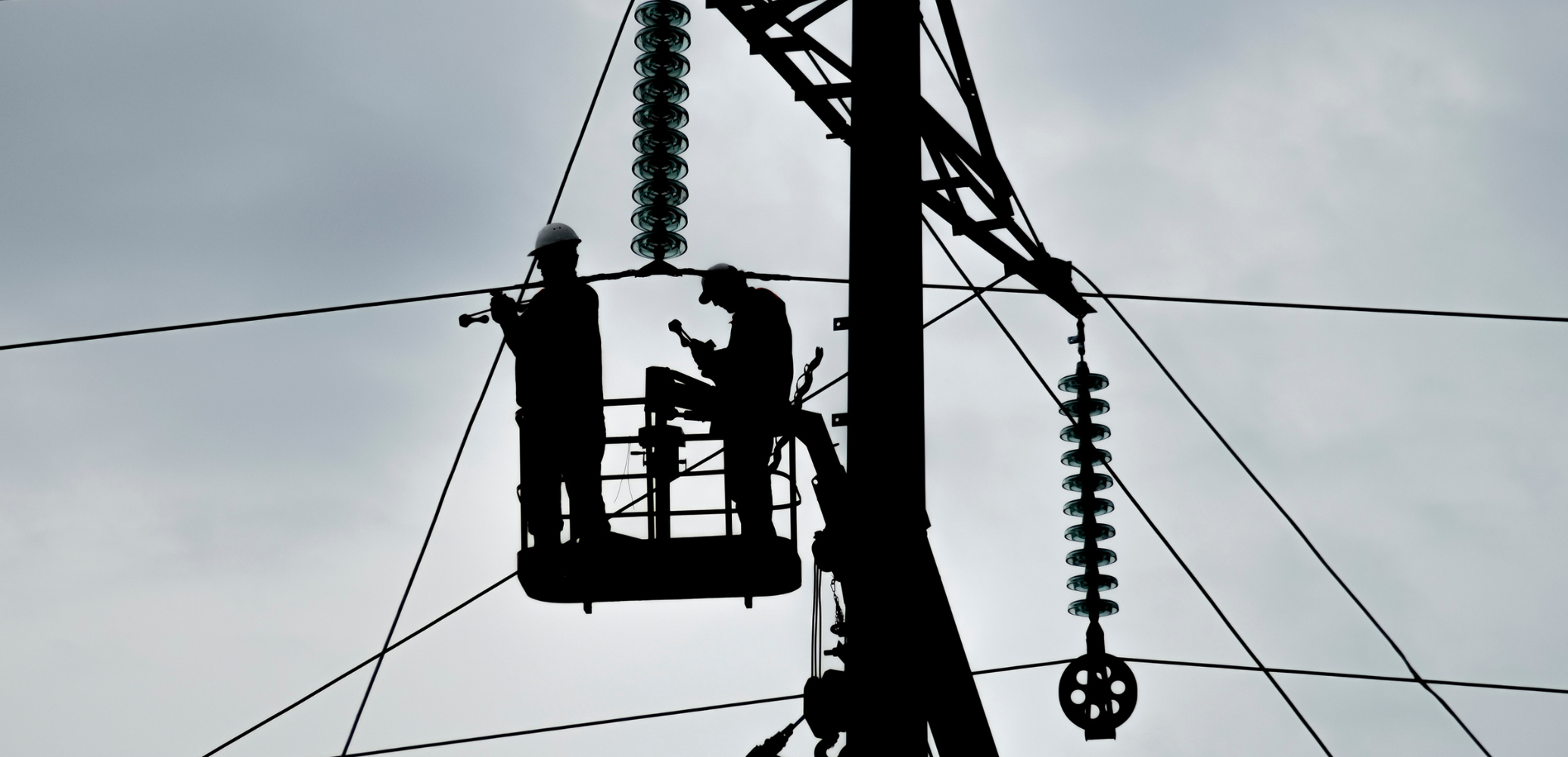
In the expansive and complex world of electric utility infrastructure, manholes rarely capture attention, until something goes wrong. Yet these access points are critical components of the underground grid, serving as junctions for cable routing, network distribution, and emergency interventions. Regular inspection of manholes is not a routine box-checking task, it is a fundamental practice that safeguards public safety, regulatory compliance, and grid resilience.
Silent Sentinels Beneath Our Feet
Manholes serve as gateways to the intricate underground systems powering our cities and communities. Over time, these structures are subjected to environmental stress, traffic load, water intrusion, and corrosion. Left unchecked, even minor deterioration can lead to severe consequences such as service interruptions, public hazards, or catastrophic failures. Routine inspections help identify early warning signs such as cracking, cover misalignment, or structural corrosion, issues that can be mitigated long before they compromise system integrity.
A study by VAPAR revealed that as much as 90% of inflow and infiltration (I&I) in sewer systems can originate from manholes, underscoring their outsized impact on system health. Though primarily referenced in wastewater contexts, similar infiltration concerns apply to underground electrical vaults, where moisture intrusion can degrade insulation and increase fault risk.
More Than Maintenance, A Matter of Safety
The risks associated with neglected manholes are not hypothetical. Manhole explosions, though rare, do occur and can be deadly. These events are often caused by gas accumulation, deteriorated cable insulation, or arcing faults, all of which can be detected or prevented through structured inspections. The U.S. Department of Labor, through OSHA, mandates specific safety requirements for confined space entry, making manhole inspections not just a best practice but a legal and ethical obligation.
Organizations such as the National Association of Sewer Service Companies (NASSCO) and the American Society of Civil Engineers (ASCE) offer industry-standard guidelines, including the Manhole Assessment and Certification Program (MACP), which help utilities structure their inspection and documentation protocols.
Asset Intelligence: Turning Field Data into Strategic Insight
Modern inspection methods have evolved significantly. Today’s utilities leverage tools like high-definition CCTV, 3D mapping, and mobile GIS integration to gather precise data during inspections. When properly analyzed, this data supports long-term asset management decisions, enabling utilities to prioritize maintenance, allocate capital effectively, and extend asset life.
Inspection programs also help reduce unplanned outages and emergency repair costs by uncovering vulnerabilities before they escalate. For example, evidence of soil displacement around a manhole might signal a collapsing conduit, an issue much easier and cheaper to fix preemptively than reactively.
Protecting People and Infrastructure
Above all, manhole inspections are about protecting people, utility workers, emergency responders, and the public. Ensuring that manholes are accessible, structurally sound, and safe for entry minimizes risks during urgent interventions. From a community trust standpoint, visible maintenance and quick issue resolution reinforce public confidence in utility reliability.
And while inspections may seem routine, their impact is anything but. They are a quiet but crucial function that underpins the safety, efficiency, and resilience of our power systems.




%20Blog%2010%20-%20Designing%20for%20Growth.avif)
